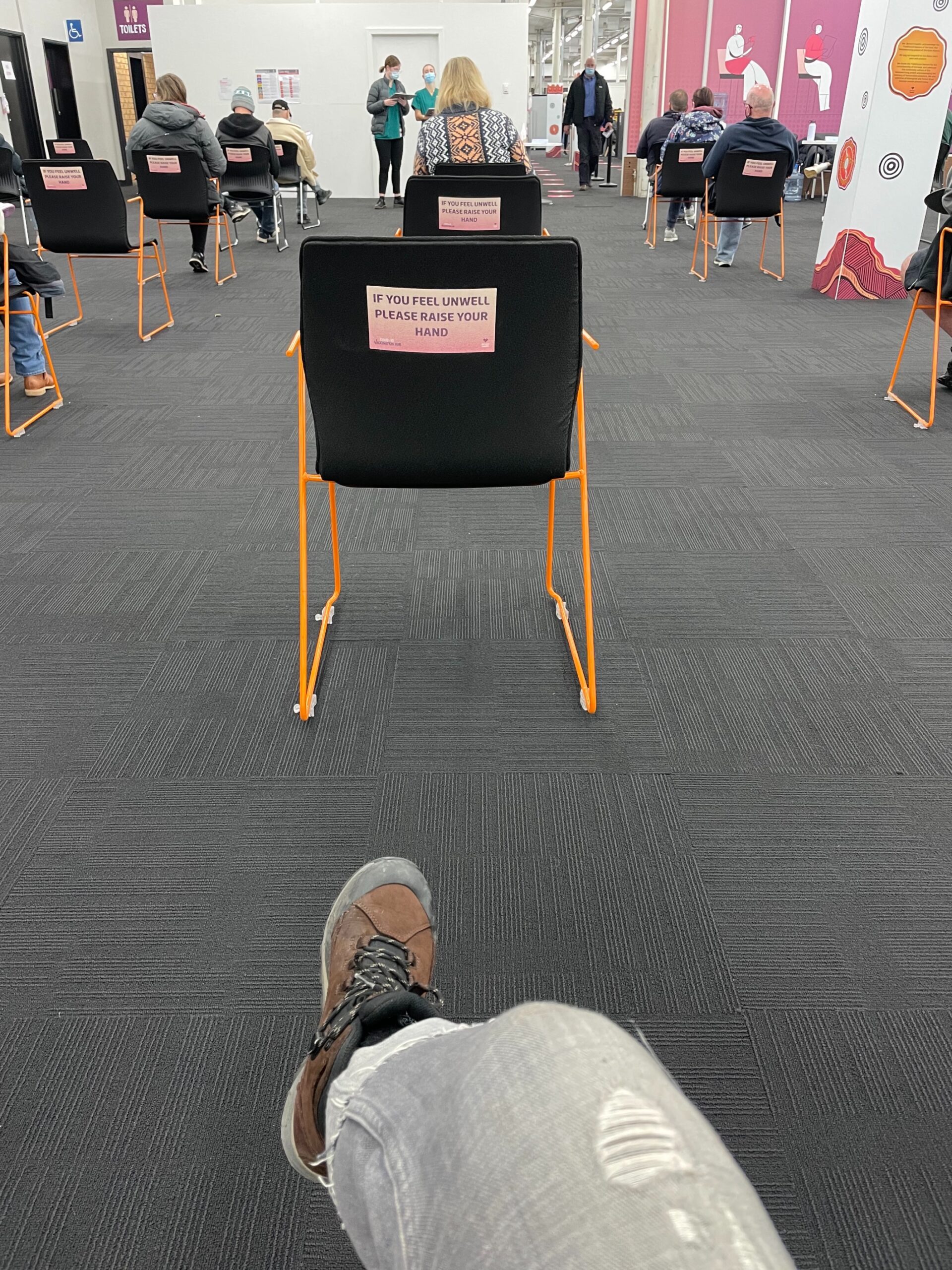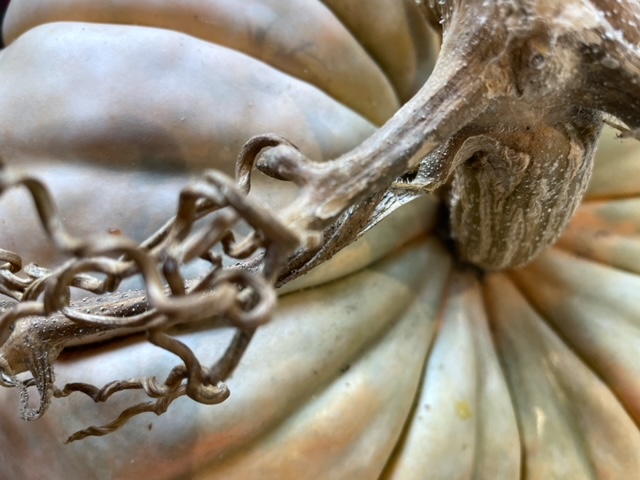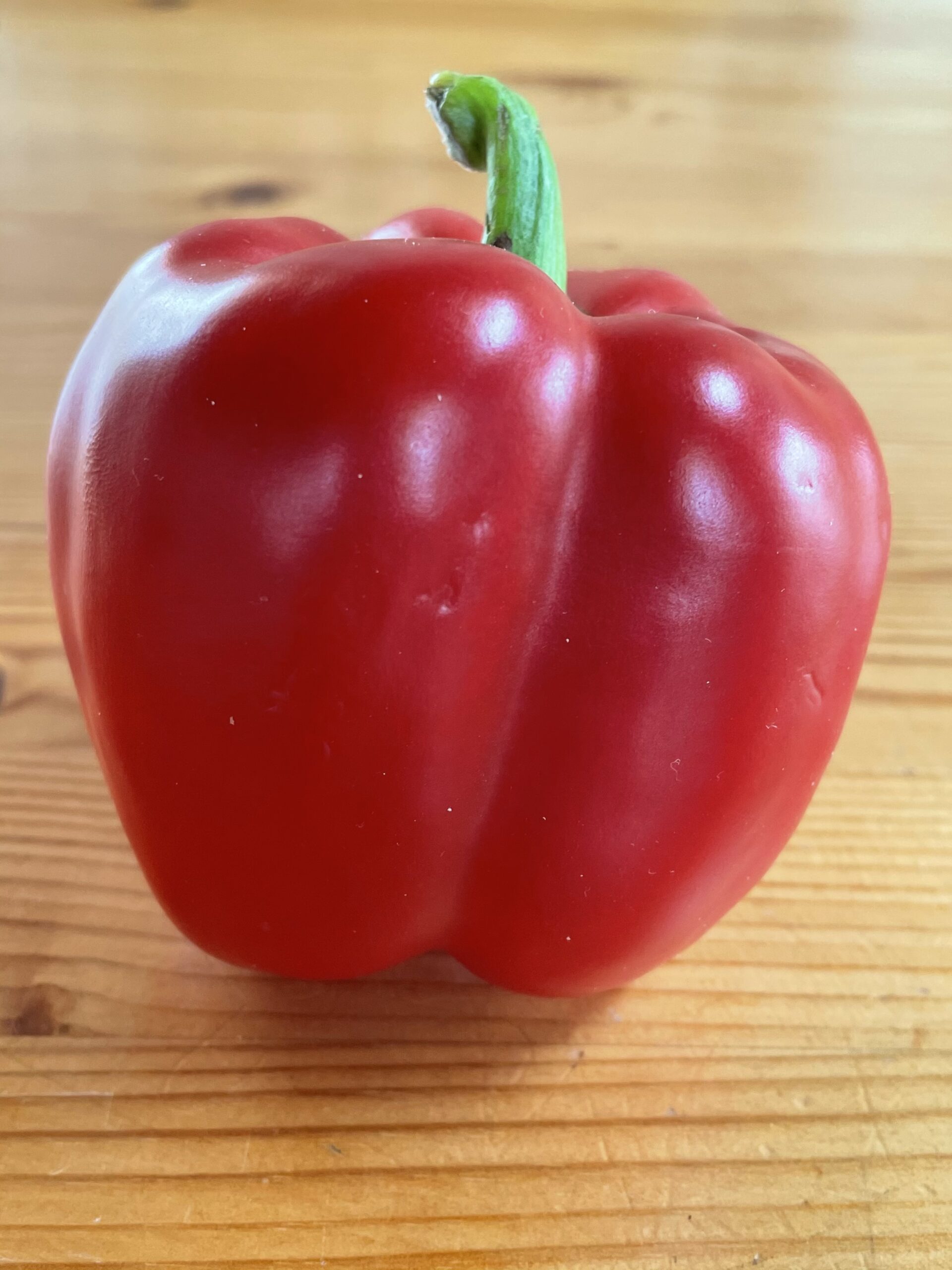Fruit and Low Carb eating
One of the common questions that I get asked when discussing how to eat low carb is “what about fruit”? We are told from childhood that fruit is essential to our wellbeing, and most patients will proudly regale me with how much fruit they consume daily, whilst neglecting to mention how little protein or how much sugar. An apple a day, is apparently cure for all things, and this steady lifestream of marketing information has lead to us having a fear of forfeiting fruit.
One obvious problem with eating fruit on a low carb diet is that fruit is full of sugar. When you are supposed to only be eating 20 grams of carbs each day, and a banana can have up to 20 grams, it precludes this from our list of permitted foods. A sample list of fruit (in 100g serve), and their net carb component:
- Banana 23g
- Grapes 17g
- Apple 14g
- Pineapple 13g
- Blueberries 12g
- Orange 10g
- Lemon 9g
- Canteloupe 8.2g
- Watermelon 7.5g
- Strawberries 7g
- Raspberries / blackberries 5g
The other issue with eating fruit is to question whether or not there is any nutritional value in fruit. The usual touted reason for fruit is vitamin C, particularly in relation to oranges. To put this into perspective, there is around 53mg of vitamin C in 100g of oranges, assuming also that the orange that you are eating is fresh. There is 128mg of vitamin C in 100g of capsicum, with red capsicum containing more than green. There is also less carbohydrates in a capsicum. My 12 year old daughter will preferentially take a red capsicum to school for a fruit snack, it reminds me to defer to the wisdom of innate human need.
Any vitamins available in fruit is also available in the salad and vegetables. My recommendation is to eat a wide variety of colours on your plate, so getting purple vegetables such as beetroot or cabbage (grated beetroot and carrot with a squeeze of lemon juice is a fabulous and filling salad addition), red in capsicum and tomatoes, orange in carrots and sweet potato, and green in leafy salad greens, beans, broccoli. Obviously many of these are root vegetables which can be high in carbohydrates, but a small amount can be useful and easy to add to diet, with more benefit than the relevant amount of fruit.
I often show my patients an article (1) which lists how much fruit has changed over the centuries, with modifications to more sweetness and less work in our eating. The most striking of these is watermelon, which back in the 17th century were mostly white pith and seeds, with a small amount of pink fruit, compared to the modern seedless lolly water version.
What this means is if we were eating a truly ancient diet, with ancient fruits, we would probably achieve a good amount of fibre, and some carbohydrates, but less of the simple sugars which are abundant in today’s fruit.
As seen in the article from 2018 by Liam Mannix (2), zoos in Australia stopped serving the animals fruit, as the sugar content was causing their teeth to decay and to gain weight. Instead, they gave them more green leafy vegetables and salad. Apparently they are now more healthy. Would that we could learn from the animals, as well as children.
When asked about this in clinic, I will always suggest that you eat more vegetables than fruit. Most fruit that we look for are no better than little sugar bombs. Instead, consider snacking on cut up vegies. The following is a list of vegetables, and how much carbs per 100g. Note that it would be more common to eat 100g of grapes than 100g of carrot, as a snack, so you are like to get much less carbs by eating a healthy selection of vegetables.
- Carrots 10g
- Capsicum 10g
- Snowpeas 4.8g
- Celery 2g
- Asparagus 2g
- Lettuce 2g
- Baby spinach 1g
As listed in the Ultra Lite low carb menu guide, having raspberries or blackberries as a treat or part of a smaller snack allows us to enjoy eating some fruit, whilst sticking to our low carb eating program. Also consider the idea that the longer we are not eating sugar, the more we will find overly sweet foods not to our taste. For more help with reframing your eating style, please see me in clinic.
EA. Revive Your Health
References:
- https://www.businessinsider.com/what-foods-looked-like-before-genetic-modification-2016-1?r=AU&IR=T#wild-watermelon-1
- https://www.smh.com.au/national/zoo-won-t-panda-to-taste-says-fruit-s-too-sweet-for-its-monkey-menu-20180928-p506lb.html



